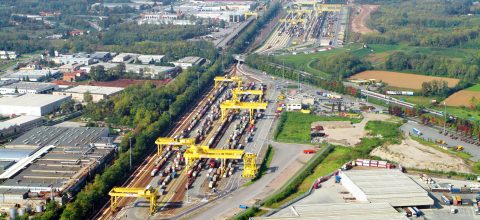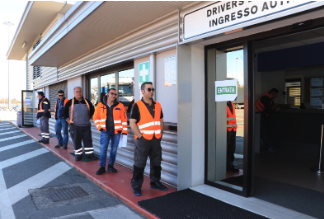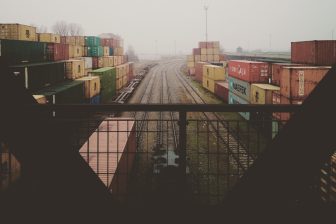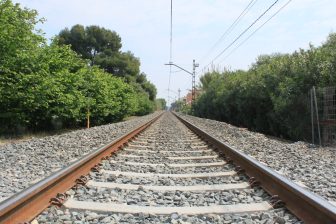
Hupac runs ‘contactless terminal’ in response to coronavirus
In response to the coronavirus outbreak in Italy, intermodal operator Hupac has taken measures to come as close as possible to ‘contactless terminals’ in northern Italy. “The objective is to reduce physical contacts between the people involved, by fully eliminating the need for contact or, where this is not possible, always maintaining the minimum recommended distance of 2 metre between them”, the company states.
There is no need to worry about the continuance of intermodal transport to and from northern Italy. This was the main message of intermodal operators, when it became clear that the coronavirus spread rapidly in this part of the country. Today, the network of Hupac and others is fully operational without any constraint. But, in order to protect its terminals and to guarantee operational continuity, Hupac has introduced processes that enable contactless terminal management.
Contactless terminal
The large transhipment facility of Busto Arsizio-Gallarate has got the most attention. Here, drivers remain in their trucks as much as possible upon entry and exit. Transport documentation handover has been simplified by digital processes and at the counters where document acceptance operations are carried out, there is glass protection. There may never be more than three people in the operational office for document acceptance procedures, and loading and unloading operations is carried out without any interaction between persons.
Hupac points out that it is not able to store containers at this terminal for the time being. “In order to maintain a safe working environment for everyone and at the same time to guarantee the operational continuity and efficiency of our services, it is necessary that goods make their way without congesting the terminal. Therefore, units may not be left in the terminal, but need to be collected immediately”, the company writes on its dedicated coronapage. Cargo destined for areas that can not be accessed due to a temporary lockdown, will have to be collected and handled at alternative sites, it adds.
Text continues below the image

The terminal of Busto Arsizio is not the only one with restrictive measures. To a lesser extend, measures to minimise human contact are also applied in the terminals of Piacenza and Pordenone. “We are now implementing these measures in all our terminals”, says Hupac. “While the coronavirus emergency is spreading all over Europe, Hupac is ready to share its experience of contactless terminal management with its terminal partners in Europe.
Safest transport mode
Intermodal operators have emphasised the importance of intermodal transport, especially now that the coronavirus is spreading in Europe. “During the coronavirus emergency, intermodal transport is turning out to be one of the safest transport system for logistics. Goods are carried by rail over long distances across Europe, while last mile transportation is performed by local drivers around the terminals, with practically no direct personal contacts”, Hupac says.
“Unaccompanied Combined Transport, where the cargo travels without a driver riding along the entire journey of each truckload, is ideal to facilitate longer distance cargo flows throughout Europe in a time when the usual logistics-chains and the continued supply of consumers have come under threat of disruption”, lobby organisation UIRR said earlier. “The movement of intermodal loading units and the loading and unloading activities at terminals generally involves local staff, who do not need to travel over long distances.”
Hupac has urged politicians and institutions to recognise intermodal transport as a strategic resource in this crisis, and to foresee additional measures to keep terminals running even in case of a deterioration of the situation, such as safe traffic corridors under the supervision of civil protection forces. “In the unlikely case of a terminal shut-down, we have structural contingency-plan terminals in our network. In addition, we are optioning availability of capacity and train-paths in further terminal infrastructures”, it adds.
Italy outbreak
With more than 140 deaths and more than 3800 people infected, Italy is currently the most affected region outside Asia. Most infections are recorded in Lombardy and Veneto in the north, with important cities such as Milan and Venice.
For rail freight, Northern Italy is an important region. Melzo (Milan) and Verona are frequented terminals for traffic to and from countries such as Switzerland, Germany and the Netherlands. But also Genoa and Venice are important logistics hubs, as they are the maritime gateways into Northern Italy.
Moreover, from Genoa vessels start their journey to China, which is already affected in terms of cargo volumes due to the coronavirus. According to Trasportounita, the port must expect that both imports from and exports to the People’s Republic will shrink by 20 per cent. This affects entire transport chains between the two countries, the Italian logistics authority said.





